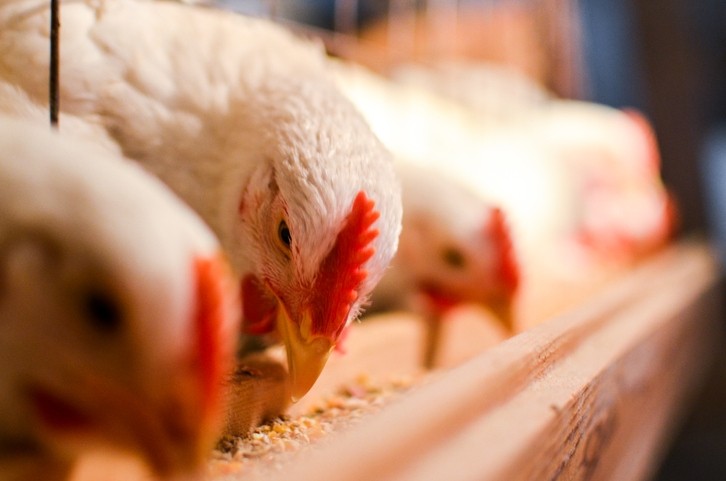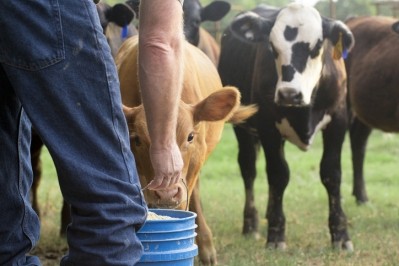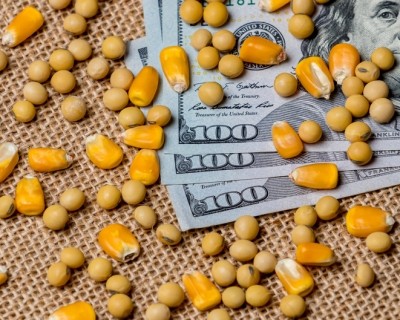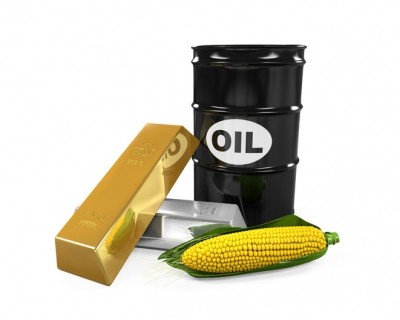US chicken industry takes steps to mitigate feed price flux

CoBank’s Knowledge Exchange released details of factors influencing the poultry sector in an outlook report in June.
Overall, the outlook for 2019 into 2020 has improved and production is anticipated to grow by 1.5%, according to the report. New production facilities have been coming online and it is anticipated that they will be used to support production and help adjust labor costs as legacy plants reduce production.
Since 2012, the industry has had a period of “historic profitability,” which supported expansion in production and processing, according to the report. That profitability faces challenges from sliding meat prices, but altered practices addressing areas like feed costs and demand are projected to allow the sector to improve its response to a downturn.
Feed costs remain a consideration for industry members looking to expand production, said Will Sawyer, lead economist in animal protein with CoBank. Trade uncertainty also could play a role in expansion plans.
“Everyone managing a complex or company recalls [the high feed prices in] 2012. and 2007 and 2008,” he told FeedNavigator. “It is playing a role in some of the plans for new capacity – some of the producers that were thinking of a new plant further down the line probably will pause and see how the feed and trade situation works out.”
There has been a change in mindset for members of the chicken industry to focus on general profitability rather than only on growth, he said. Adding, “That change in mindset is a huge change to the positive, again, for us, as lenders, but also in the way we think about how the industry can handle increases and downturns in profitability.”
Feed price management, industry development
Poultry producers do not have access to some of the same risk management tools to address changes in feed costs that those working with other livestock species, said Sawyer.
“On the beef or the hog side of things, you have a liquid futures market that to some degree allows you to lock in some revenue as a hog producer or feedlot or cow-calf producer, and chicken hasn’t had that kind of risk management tool,” he added.
In a previous period of rapidly increasing poultry feed costs there was a related series of bankruptcies and asset sales, he said.
However, the poultry industry and its customers have established ways to share more of the risk associated with rapidly increasing feed costs, he said. Using practices, like cost plus contracts, the chicken industry now has more of an ability to “lock in revenue” to balance changes in feed price.
“When we’ve seen corn go from $3.50 to $4.25 in a short time, producers are able to offset that change far more quickly than they would have been able to 10 years ago,” said Sawyer.
Producers also are not expecting to need to balance the range of factors that drove high costs in previous years when the rise in corn use by ethanol production combined with expanding grain sales to China and limited feed grain availability, he said.
In addition to changing pricing practices to allow for rapid adjustments following feed cost increases, the industry has improved its ability to manage non-feed costs and altered the type of capital structure used by industry members to reduce debt levels, he saidin the report. Producers also have become more responsive in matching chicken production to the level of demand.
China, Canada trade bans
China stopped purchases of beef and pork from Canada last week after Chinese customs officials said they reportedly found trace amounts of the additive ractopamine in pork products imported from Canada, as was previously reported by CBC News. The feed additive is banned in China.
When the finding was reported to officials with the Canadian Food Inspection Agency (CFIA) the export certificate was reviewed and found to be inauthentic. Other inauthentic export certificates have since been found according to CFIA.
Trade considerations
In addition to the potential for changes in feed cost, poultry producers this year have to navigate ongoing uncertainty in export markets, said Sawyer.
“Right now, managing the feed costs is more manageable than trying to think about the reopening of China for US chicken [or] our ability to keep exporting to Cuba,” he said. “India is a market that we just had access too in the last year or so and of course Mexico is the number one market.”
Poultry producers have had fewer trade challenges than some of the US livestock producers, he said. However, with Canada being stopped from exporting animal protein to China that has “significant, new implication to North American protein supply.”
Canada had been exporting about two-thirds of its pork production to China, said Sawyer. The shift could put more pressure on US protein sales to markets outside of China.
However, the outbreak of ASF could be an opportunity for US poultry producers to find a way to re-open the market to China if the trade situation could be eased, he said. US poultry exports were stopped three years ago following the outbreak of highly pathogenic avian influenza.
“China will need protein,” he said. That is one [issue] where I think the US and China can put something together that helps both sides.”















